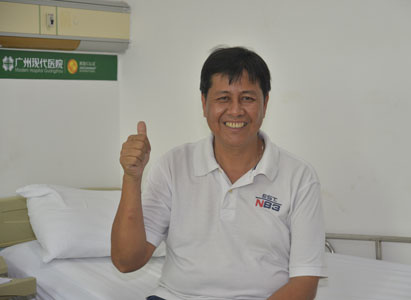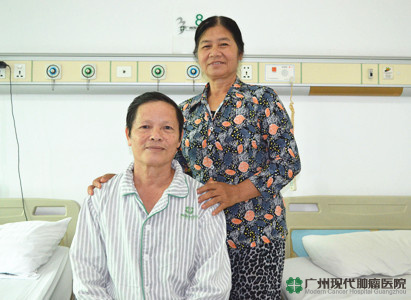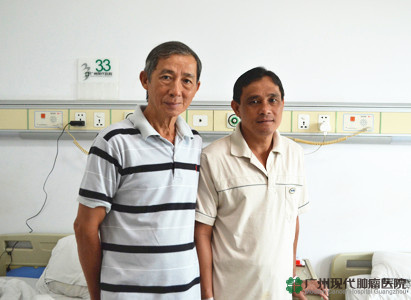1. Viruses invade the liver and then breed in the liver, which causes infection. In this way, after the incubation, the inflamed liver is viral hepatitis. In accordance with the routes of infection, there are two ways of transmission of viral hepatitis. The first one is through mouth infection, and the other one is through blood and body fluids. If blood transfusions, injections and other medical care without clean disinfection, the liver infection will arise.
2. Viral hepatitis is divided into hepatitis A, hepatitis B, hepatitis C. But hepatitis B has the closest relationship with liver cancer.
3. Chronic hepatitis will cause liver fibrosis and gradual hardening because of repeated liver inflammation and repair process. Therefore, about two or three decades later, it will develop into liver cirrhosis; and among them, 5% will become liver cancer as a complication.
4. Liver cirrhosis is divided into: ①alcoholic cirrhosis caused by excessive alcoholic; ②posthepatitic cirrhosis, which causes liver cirrhosis on the basis of viral hepatitis; ③ adiposis hepatica induced cirrhosis, which the fatty liver after hepatitis is caused by the excessive ingestion and less exercise, combined that the liver function has not completely restored and then fat is easily restored in liver. Long-term accumulation of fat in the liver cells will cause the swelling, degeneration and necrosis of liver. Once liver has fibroplasias, the liver cirrhosis will arise.
5. According to Health Bureau data, among cancer lesion produced by liver cells, 85% is caused by viral hepatitis and then evolves into liver cirrhosis, finally liver cancer; 15% directly evolves into liver cancer without the process of liver cirrhosis.
6. Symptoms of early liver cancer are easily mistaken as that of liver hepatitis and liver cirrhosis therefore liver cancer is not easy to be found. Without timely treatment, early liver cancer will develop into advanced liver cancer, which severely impairs people’s health.
Read More






























